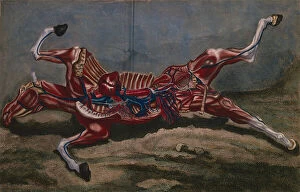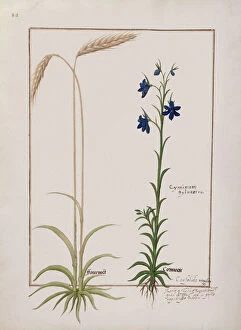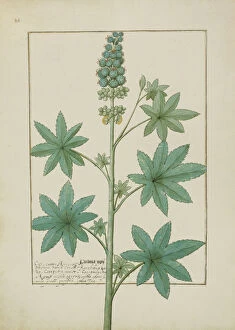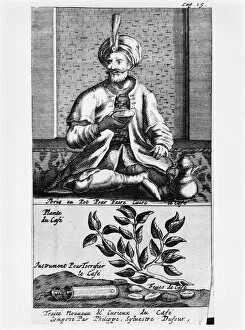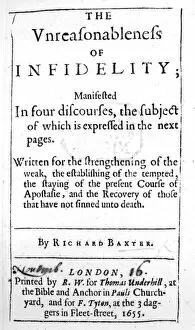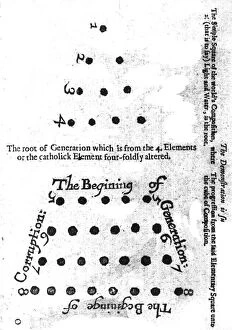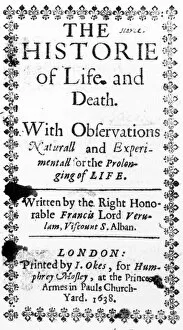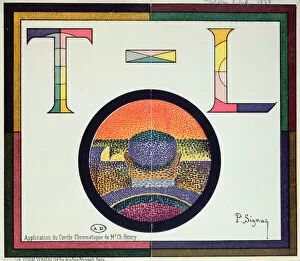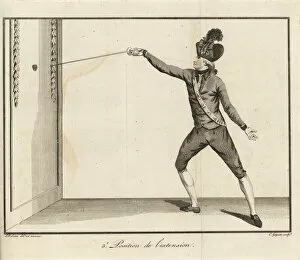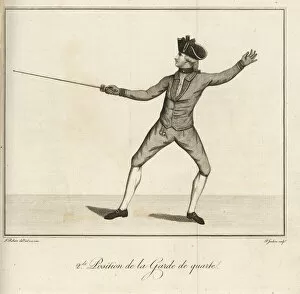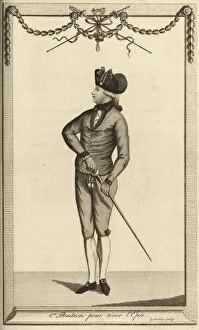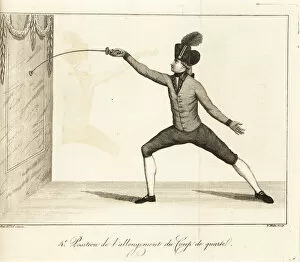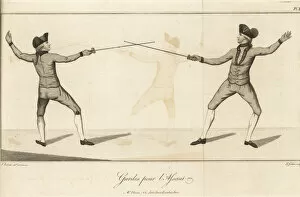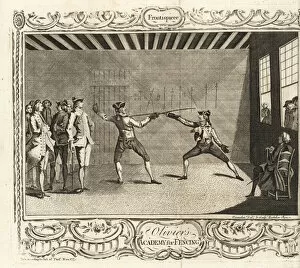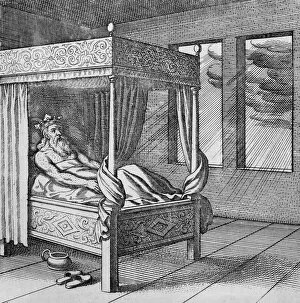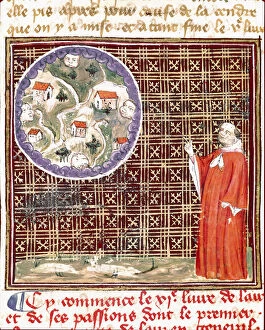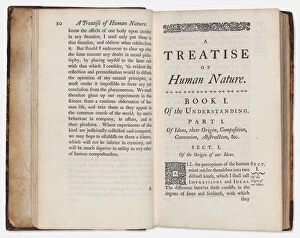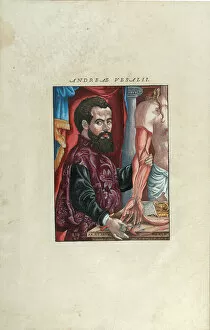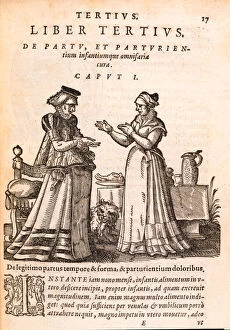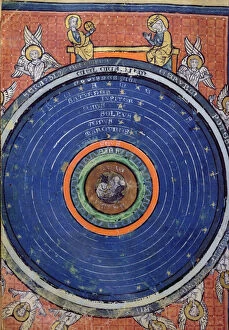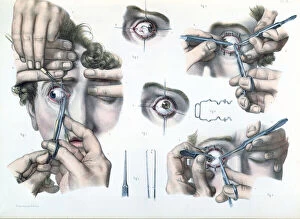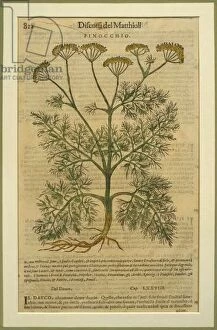Treatise Collection (#7)
A treatise is a written work that delves deep into a specific subject, providing detailed analysis and insights
For sale as Licensed Images
Choose your image, Select your licence and Download the media
A treatise is a written work that delves deep into a specific subject, providing detailed analysis and insights. One notable figure who contributed to the world of treatises was George Berkeley, an Irish philosopher known for his philosophical works on immaterialism and idealism. In the realm of religion, one significant event was the Ms - Pope in Council at San Pietro in Montorio. This council aimed to address religious matters and make important decisions regarding Catholic doctrine. Moving on to art and architecture, Donato Bramante's masterpiece, the Tempietto built at San Pietro in Montorio, stands as a testament to his architectural prowess. The intricacies of this structure showcase Bramante's innovative approach towards Renaissance architecture. Treatises aren't limited to philosophy or religion; they can cover diverse topics such as zoology. For instance, there are treatises dedicated solely to exploring twelve different breeds of pigeons – highlighting their unique characteristics and traits. Another fascinating area covered by treatises is sexuality. The Chinese Taoist treatise titled "Sou Nu King" from the 4th century A. D provides valuable insights into Chinese eroticism and sexual initiation practices during that time period. Science also finds its place within these scholarly works. Diagrams like the Natural and Moral Philosophy diagram found in "The Gentlemans Recreation" shed light on scientific concepts prevalent during certain eras. Furthermore, Jewish scholar Josef Asarfati left behind a remarkable treatise that offers profound knowledge about various subjects from around 1299 AD onwards. Arab scholars too made significant contributions through their writings. Hunayn Ibn Ishaq's Treatise on the Eye serves as an invaluable resource for understanding eye-related ailments based on a 13th-century Arabic manuscript. Treatises often delve into controversial topics as well. Ulrich Molitor's treatise explores diviner women and witchcraft through engravings – shedding light on societal beliefs surrounding these subjects. Mathematics also finds its place within treatises.

